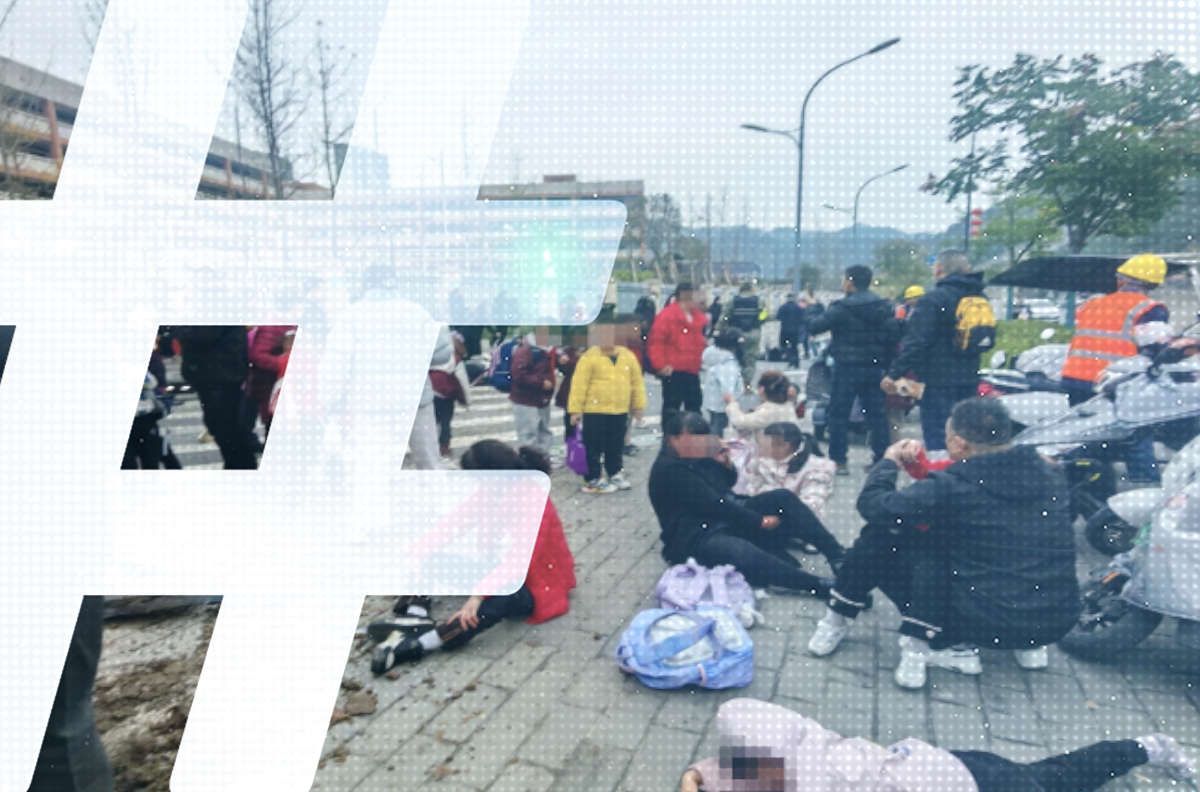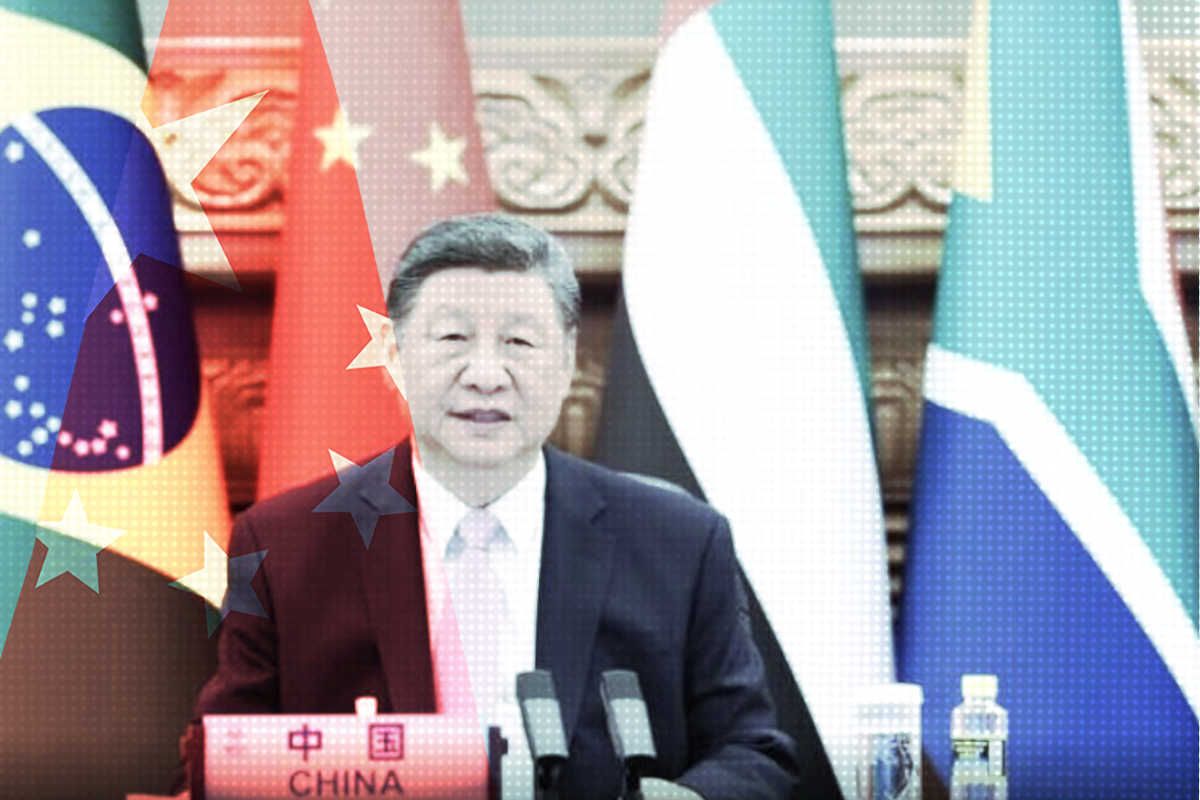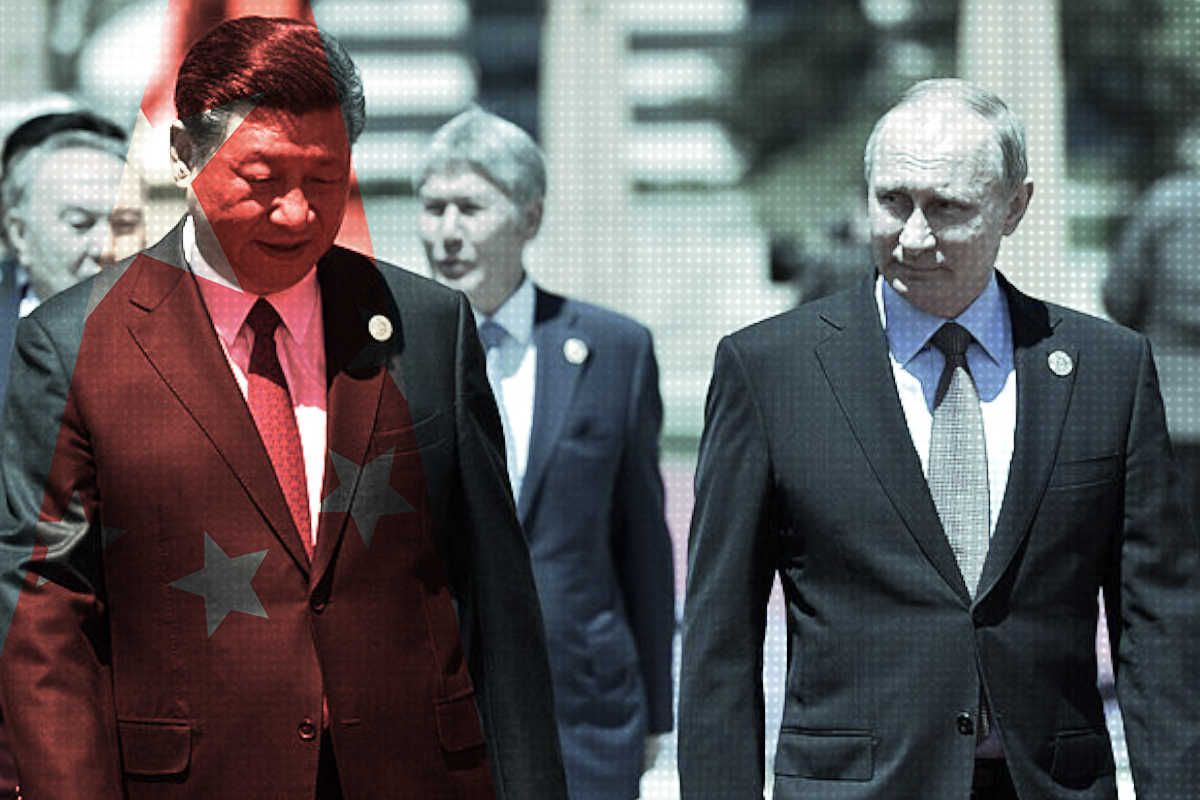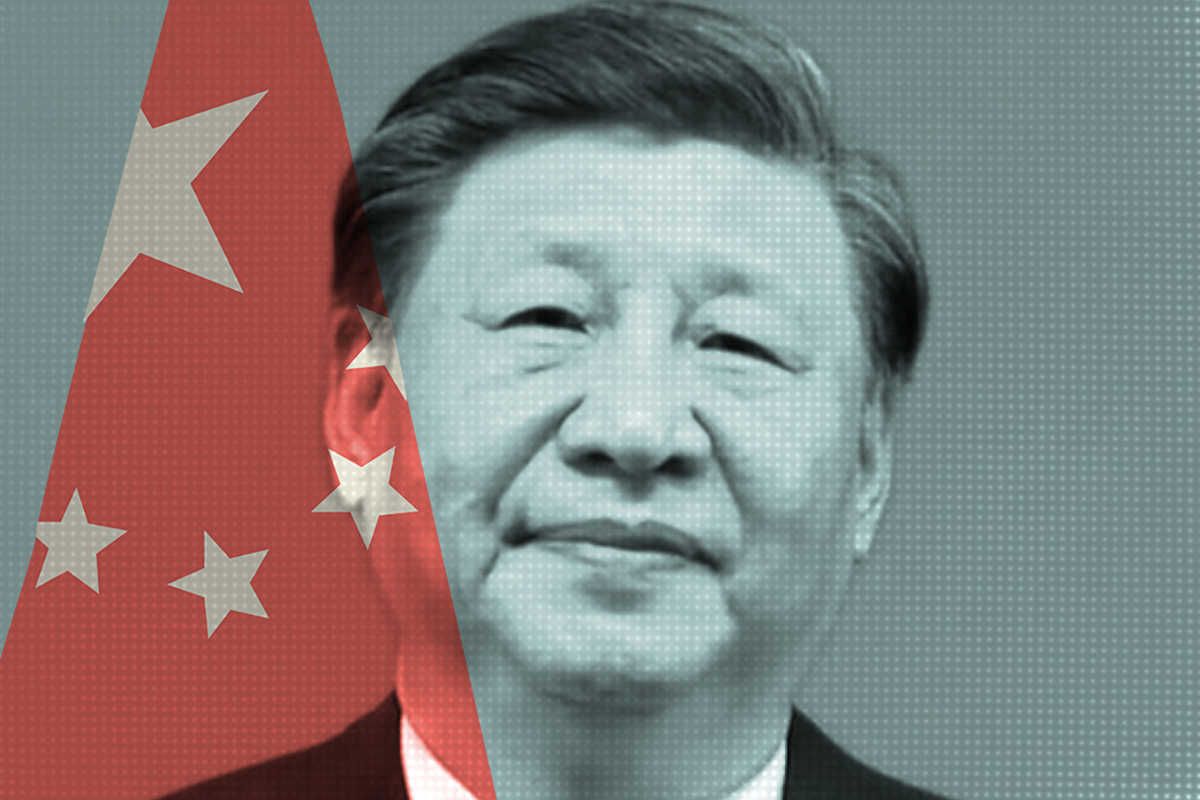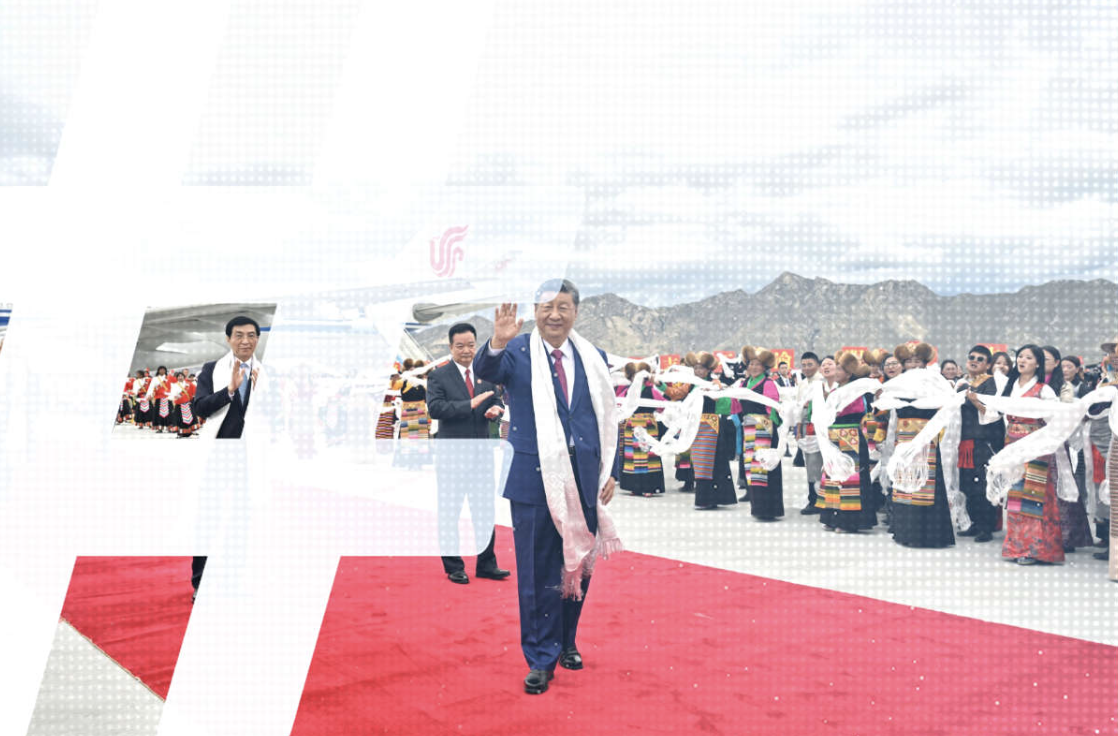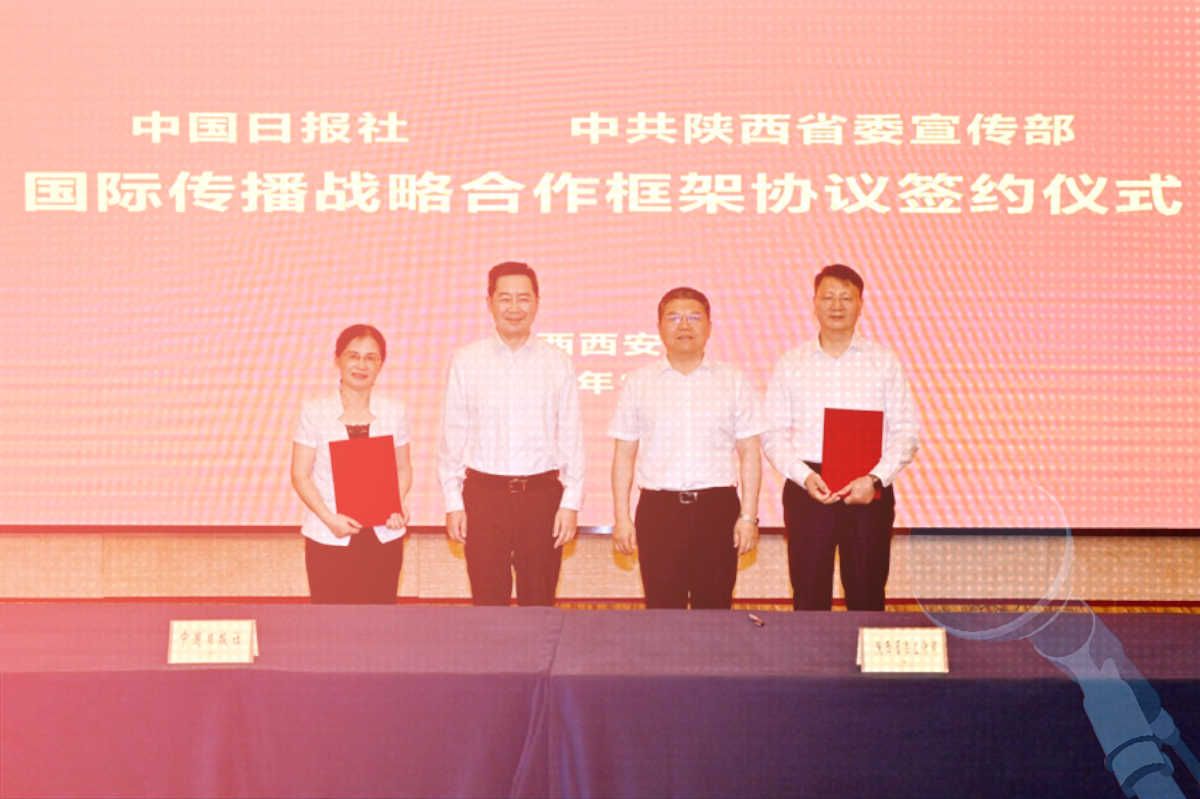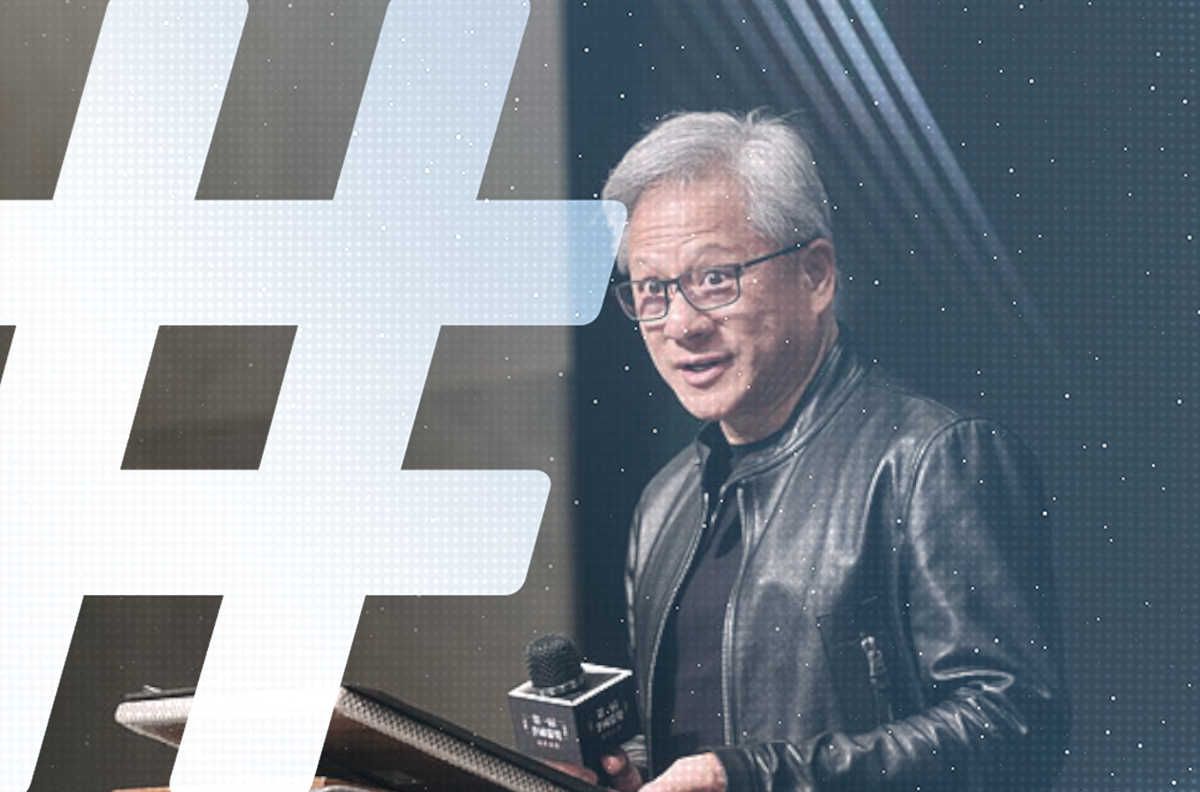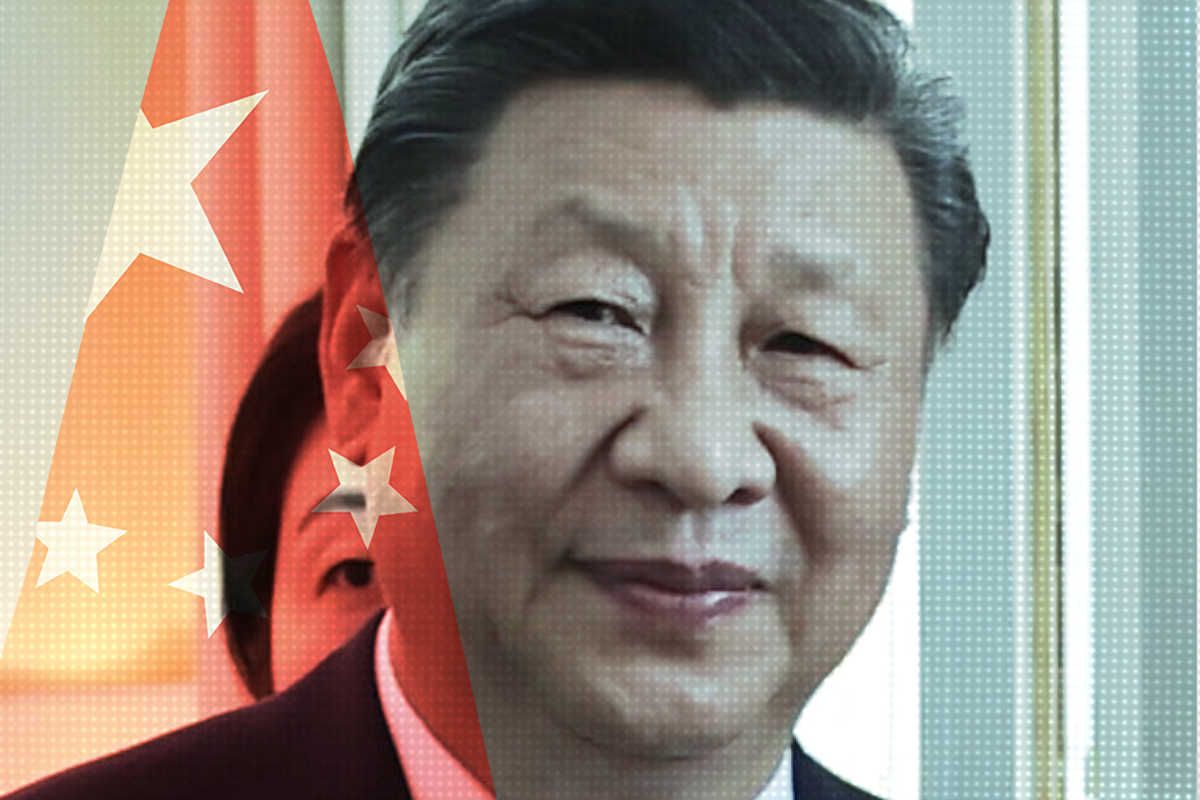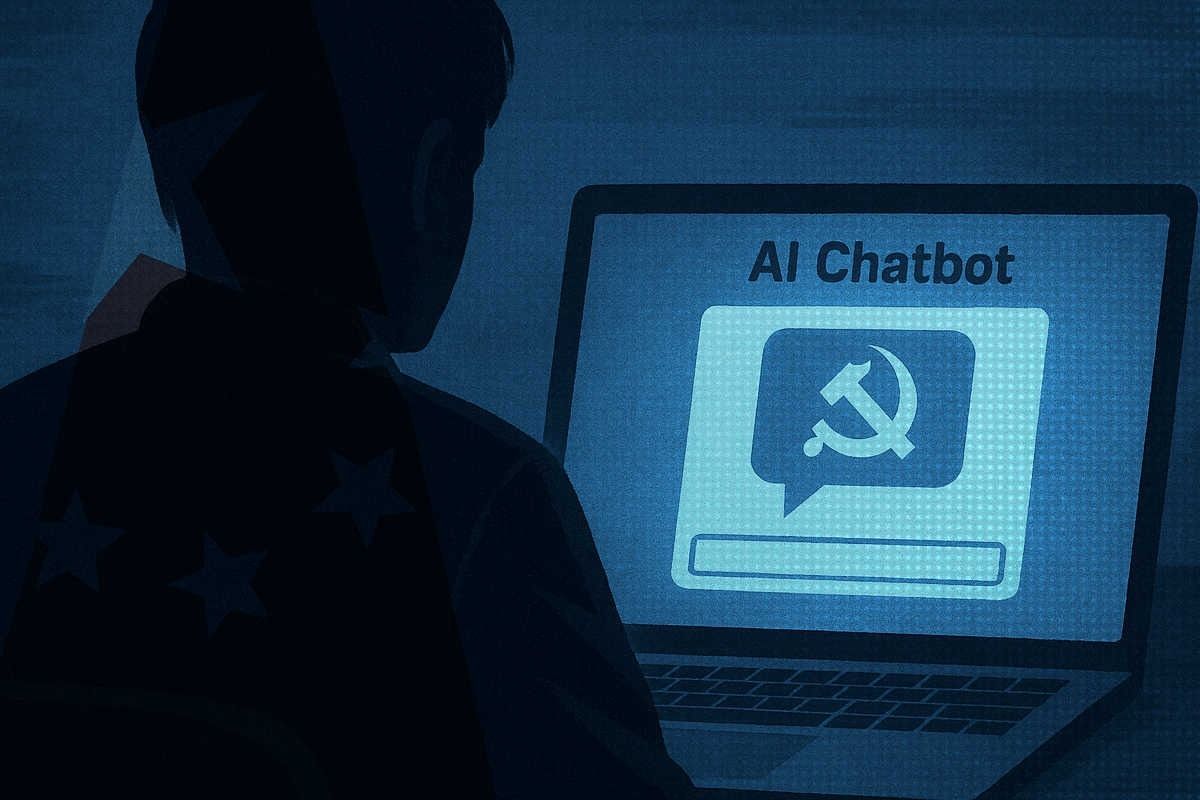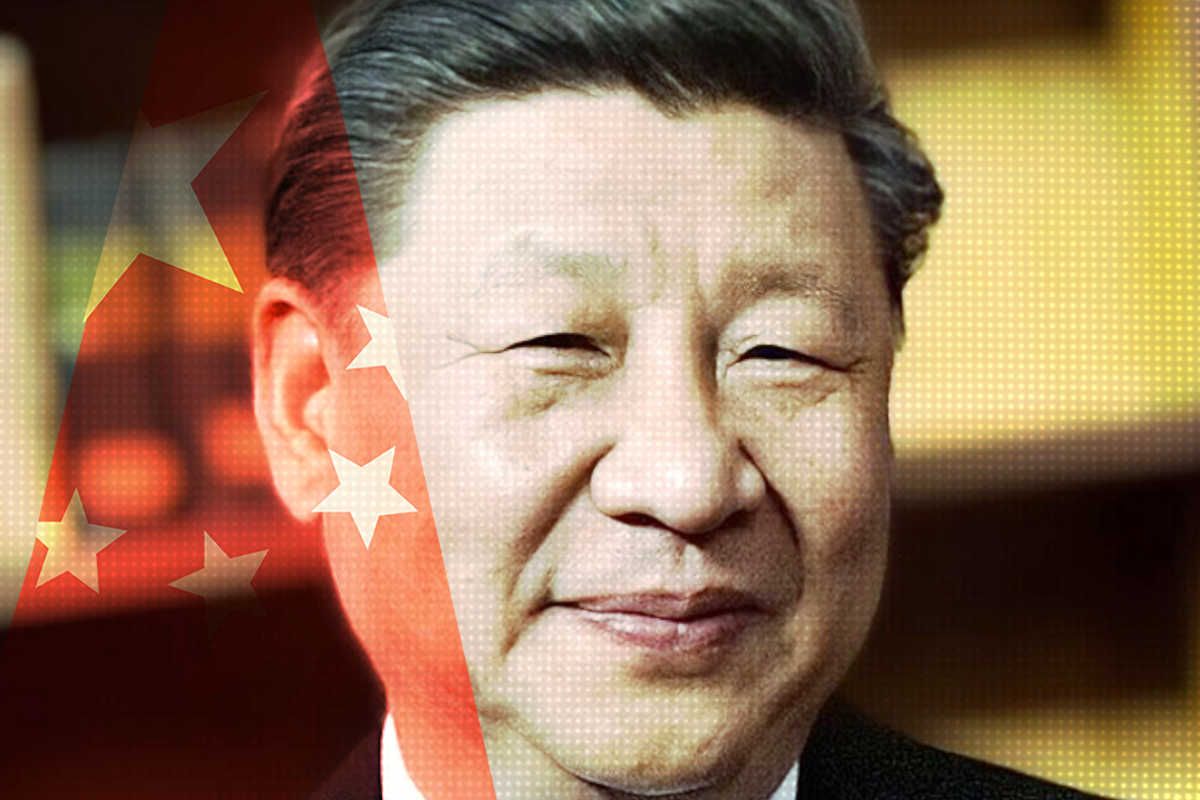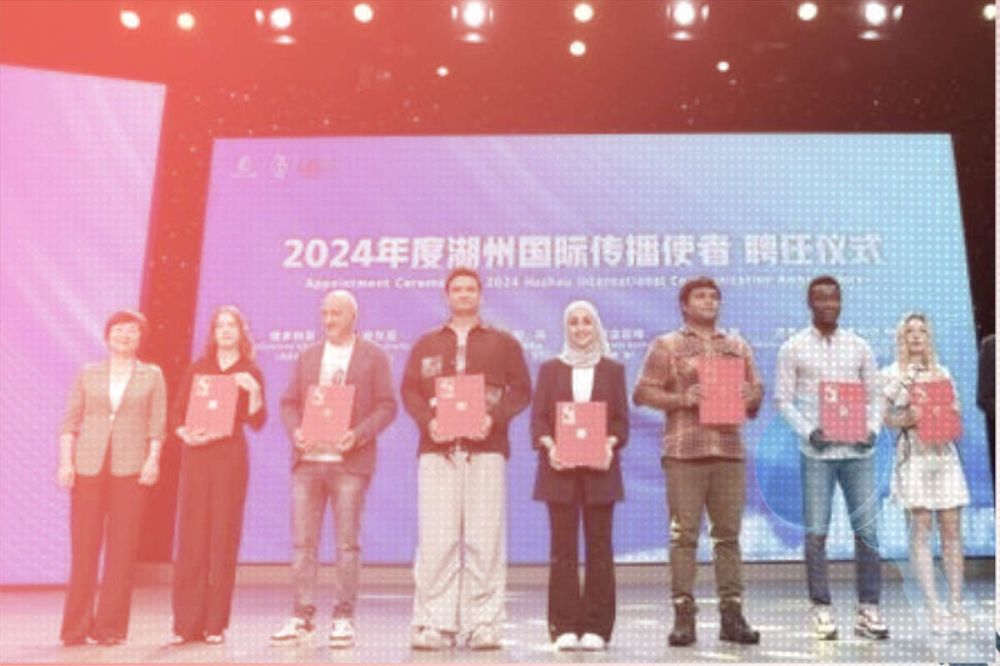
The Huzhou International Communication Center opened in Zhejiang last week, the last city-level ICC to announce its formation with great ceremony — and a line of “international communication envoys” (国际传播使者).
Since he came to power in late 2012, one of Xi Jinping’s core objectives internationally has been to stage a revolution in perceptions of China abroad — notching up victories in what he characterized early in his first term as a global “public opinion struggle” (舆论斗争).
This project, centering on the concept of “telling China’s story well” (讲好中国的故事), responds to what the Chinese Communist Party (CCP) leadership perceives as a detrimental gap with the West of what it terms “discourse power” (话语权). Mainstreaming a hardline notion that emerged in the late 2000s, Xi has set out to resolve China’s historical “third affliction” (三挨) — the contemporary experience of international criticism following earlier periods of military defeat (挨打) and economic poverty (挨饿).
Xi’s vision of returning China — for that is how the Party conceives of history — to its rightful place in global public opinion has evolved beyond traditional national-level state-led messaging to an international communication strategy more actively involving Party-state coordination of voices across locales and administrative levels. It involves leveraging local and regional media and coordinating the production of local multimedia stories through “convergence media centers” (融合媒体中心). It also envisions the participation of businesses, educational institutions and all other aspects of society.
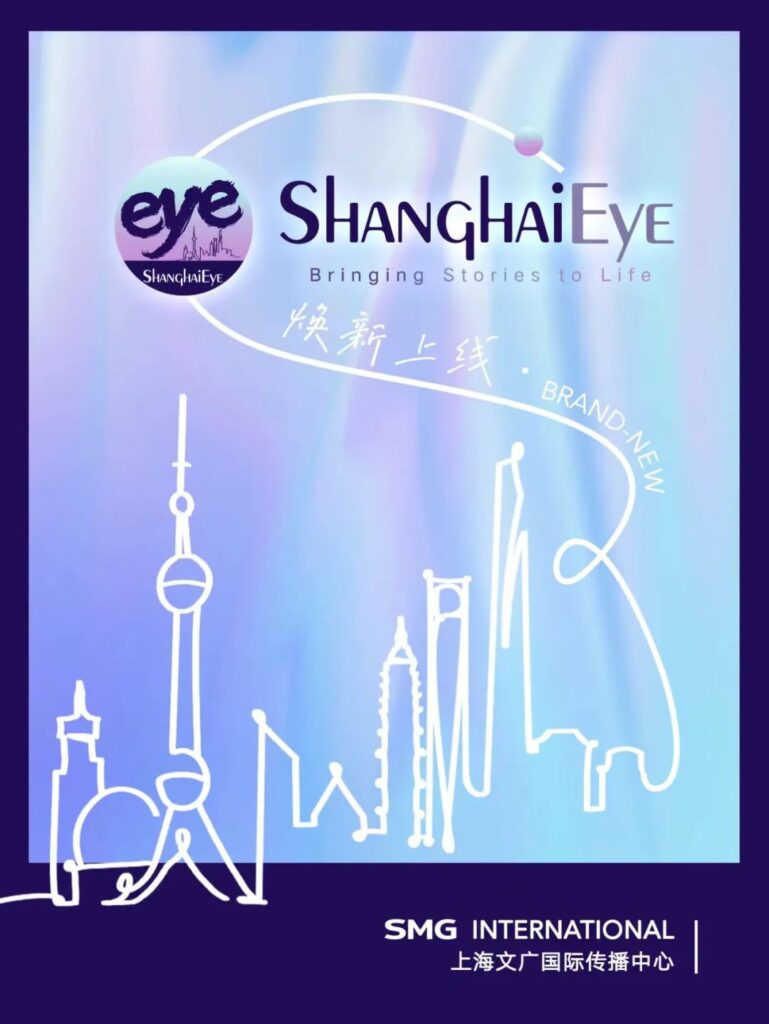
The transformation is happening across the country — with hugely mixed results. In some local areas, the proliferation of the “international communication centers” (国际传播中心), or ICCs, that coordinate much of this work seems a superficial, ineffective and potentially wasteful response to dictates from on high. There are even now international branches of local ICCs. These are more likely to become window-dressing for provincial leaders than substantive acts of global communication. Take, for example, Hainan province’s launch this month of a Middle East Liaison Center in the United Arab Emirates.
In more developed media cultures in cities like Shanghai and Guangzhou, the shift could represent a more substantive evolution. It is perhaps too early to say. In Shanghai, for example, the government’s push to remold its “international communication matrix” (国际传播矩阵) — to use a term often favored by state communication planners — resulted in the creation in November 2023 of ShanghaiEye, a multimedia brand under the Shanghai Media Group’s “SMG International Communication Center,” that now claims 3.1 million followers on overseas social media.
ShanghaiEye’s YouTube channel, which currently has more than 400,000 subscribers, runs daily videos covering news and culture. Many of these deal with innocuous issues like tourism, food and culture, but many too echo broader state narratives, about the “real China” (versus the prejudicial Western one, a constant CCP theme); echoing Russian propaganda on Ukraine (and here); and selectively mirroring foreign affairs ministry talking points without any additional reporting or context.
Even as accounts the hundreds of accounts, like ShanghaiEye, operated by China’s growing network of international communication centers (ICCs) seek to expand their presence on social media channels that are formally closed to Chinese users back home, they cloak or make ambiguous their association with the country’s broader external propaganda goals. On Facebook, ShanghaiEye mentions no affiliation to the Shanghai CCP leadership. The Facebook account for the government-run China Daily (中国日报), by contrast, clearly labels it as “state-controlled media.” Over at YouTube, ShanghaiEye is simply identified as “a multi-platform media brand focusing on high-quality videos.”
Xi Jinping’s new multi-stakeholder approach to what the CCP terms “external propaganda” (外宣) is described by communication scholars in China as a systematic evolution from traditional propaganda to coordinated “narrative innovation” (叙事话语创新) across government, media, business, and social sectors. The ICCs play a key role in this coordination. But ultimately, the approach requires the concerted effort of all.
Xi Jinping’s New Era International Communication System
习近平新时代国际传播系统
Collaboration
In an article published online this month, drawing on the insights of several academics, Fudan University doctoral students Liao Xiang (廖翔) and Chen Jingwei (陈经伟) conclude that China’s international communication has moved toward what they term “multi-stakeholder collaborative cross-cultural communication” (跨文化传播的多主体协同). They define three key strategic shifts: 1) coordinated messaging across administrative levels to avoid the “fragmented” approach of previous eras; 2) precision-targeted regional strategies that align local advantages with national objectives; and 3) systematic integration of youth culture and digital platforms to reach “new generation audiences” globally.
The scholars cited in Liao and Chen’s article argue that this represents a fundamental departure from traditional state-led messaging — which in the past relied primarily on large news wires and broadcasters like Xinhua and CGTN — toward what they describe as a comprehensive ecosystem designed to overcome “cultural discounts” (文化折扣). The odd term is another way of referring to the reduced appeal and effectiveness of foreign content due to what the leadership has typically assumed are cultural barriers. Chinese communication scholars are inclined to think that these “discounts” have historically limited China’s ability to project appealing narratives internationally, always overlooking the detrimental role of CCP political control, which maintains a stranglehold on the very notion of culture.
For scholars like Liao and Chen, it has become second nature in the past few years to argue that the changes introduced to global communication by Xi Jinping are inspirational and ground-breaking. But the claims of success often have a revealingly circular quality, citing victories claimed in the manner of self-promotion as empirical evidence of progress.
One of the scholars cited by the Fudan doctoral students, Chen Zhi (陈智), suggests in his input that the YouTube account of Discover Changsha, an account operated by the Hunan provincial capital’s official ICC, “achieved outstanding results on overseas platforms” with Harry Potter-themed short videos about local culture. This sounds at first like an intriguing possibility. Are local “convergence media centers” responding smartly with international cultural references, and has this been impactful?
The truth is underwhelming. Chen’s example is just more of wishful self-magnification too often found among the country’s communication planners, and it underscores the yawning gap between lofty ambition within China’s airtight political culture and genuine efforts to understand and engage global audiences. In the three months since it was posted to YouTube, Discover Changsha’s Harry Potter-themed video on the dramatic art of face-changing (变脸) has drawn just 327 views. Oh, and zero comments.


